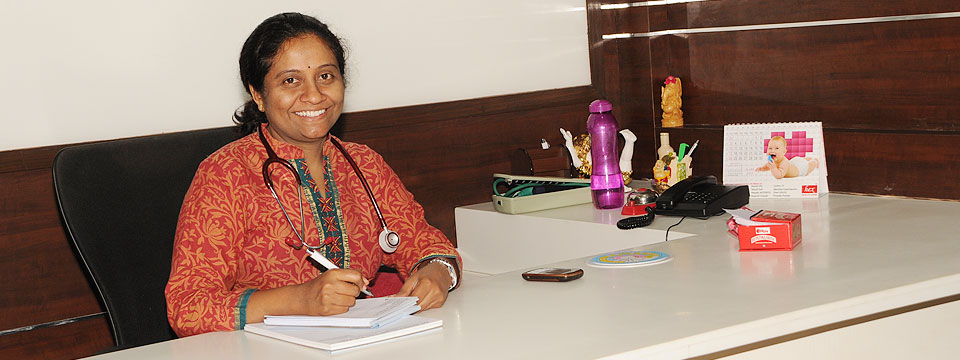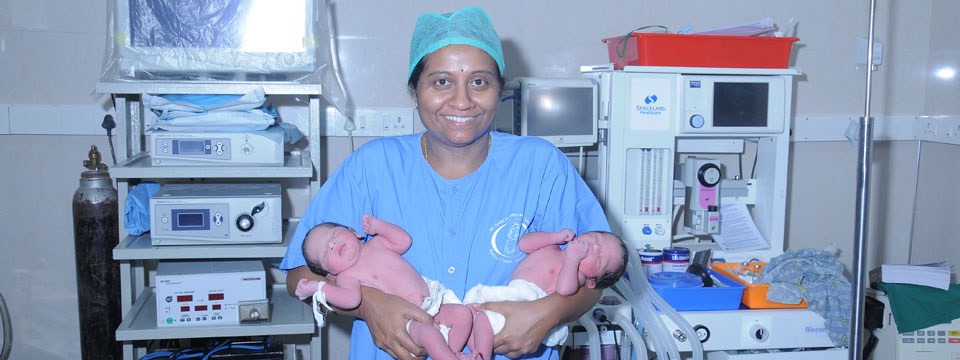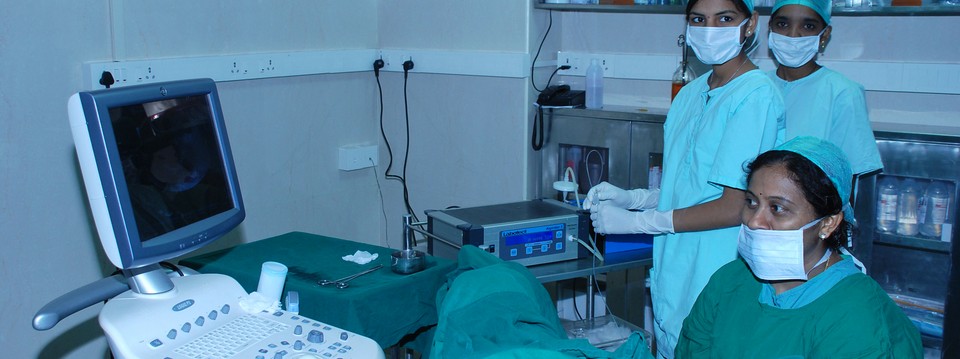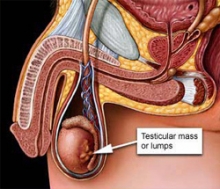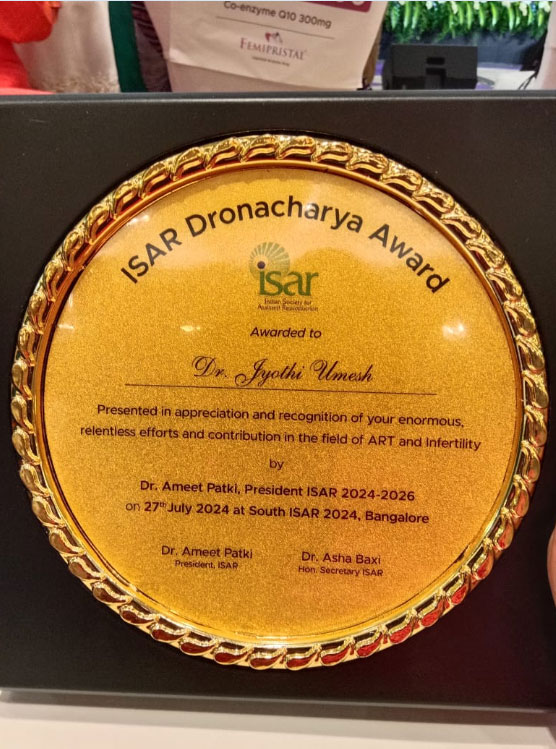Testis Problem
Testis is a pair of organ and part of the male reproductive system. It tends to be oval in shape than round ,4-5cm long, 3cm wide, 2cm thick, and often one is slightly larger than other. It is the site of sperm production and also the major producer of male hormone, Testosterone. They hang down outside the body in a sack called scrotum because sperm production needs a cooler temperature than inside the body.
PROBLEMS OF THE TESTIS
TESTICLE LUMP: A testicle lump is swelling or a growth (mass) in one or both testicles. A testicle lump that does not hurt may be a sign of cancer. Most cases of testicular cancer occur in men aged 15 - 40, although it can also occur at older or younger ages. The cause for the testicle lump may be due to infection, injury, mumps etc.Some lumps may not be painful like hydrocele, hernia etc.All testis lumps should be checked by the doctor to ensure that they are not cancer.
UNDESCENDED TESTES: When male babies are still growing inside the uterus their testicles are inside their abdomen. It usually moves down into the scrotum just before or just after birth. The undescended testicle is one that did not move down into the scrotum.Upto 30 percent of boys born preterm and 3% -5% born on time have at least one undescended testicle.
Why undescended testicle should be treated?
There are several reasons to treat an undescended testicle, but the first reason is they may not be able to make sperm. Second is the undescended testicle is more likely to develop a tumor.When the testicle is inside the scrotum a man can easily feel his testicles to check for tumor or the doctor can check. Any tumor which can be found early can be cured easily.
What is the treatment for undescended testicle?
Babies who have undescended testicle often get an operation called orchiopexy. This operation is done through a small cut in the groin and the baby will get better very quickly.
Another treatment is a hormone shot (HCG) is given to the baby which helps the testicles to make male hormones. The higher level of hormones might move the testicle down into the scrotum.
If an adult with an undescended testicle since infancy, moving the testicle to the scrotum probably won't improve your ability to make sperm. They are likely to develop testicular cancer. So, regular self examination of the testes in recommended. If the problem was not treated till the adolescence this will become a reason for your infertility.
Epididymal Cyst
What is epididymal cyst?
Epididymal cyst is fluid filled lump of the sperm collecting tubes around the head of the testis. They are usually tender ,small and painless but sometimes it grows very large making significant discomfort as the scrotum swells. Physical examination nearly always gives the clear diagnosis. If more doubt arises your doctor may suggest you for ultrasound scan. Epididymal cyst are not dangerous and there is no risk for cancer or any other problem.
What is the treatment for epididymal cyst?
A small surgical procedure is the treatment for epdidymal cyst. If needed a simple procedure which can be done under local or general anaesthesia . The procedure involves small cut in the skin of the scrotum via which the testicle is exposed. The cyst is then carefully removed from the epididymis which is stitched back together using dissolving stitches. The wound is then closed with dissolving stitches. Extra care should be taken for young men and men of reproductive age because this procedure can form a scar tissue and block the out flow duct of the testis. So young men should consider this risk. Epididymal cyst can be drained by syringe under local anaesthesia but this is not recommended become the cyst may return and when each time the needle is introduced it may cause infection.
Epididymitis
What is epididymitis?
Epididymis is a long hallow tightly coiled tube that lies above and behind each testicle. It collects and stores maturing sperm made by the testicles prior to ejaculation.. In some cases inflammation and infection of the epididymis occurs and is called epididymitis .
What causes epididymitis?
The causes vary depending on the age and behaviour. In children it may be due to urinary tract infection. In young sexually active men it may be due to sexually transmitted disease. And in older men it is often caused by enlargement of prostate gland. Bacterial infections may spread from rectal area causing epididymitis and it may also occur due to injury in the groin.
What are the symptoms?
Pain, tenderness and swelling in the scrotum that may increase are the most common symptoms of epididymitis. Other symptoms may include fever, chills, frequent or painful urination or discharge from penis.
How is it treated?
Antibiotics are normally used to treat epididymitis . Supportive measures such as bed rest with elevation of the hips and anti- inflammatory medicines may help to relieve discomfort caused by epididymitis. Even though it is simple to remove the painful part by surgical procedure, the pain may recur from the left behind part of the epididymis or testis
HYDROCELE
Hydrocele is an accumulation of fluid in any sac like cavity or duct specifically in testis which is caused by inflammation of th epididymis or testis.
What are the causes for hydrocele?
Hydrocele may be caused by inflammation or trauma of the testicle or epididymis.Hydrocele may also be caused by the fluid or blood obstruction within the spermatic cord. It is very common in older men.
What are the symptoms of hydrocele?
Hydroceles are mostly painless, but gradually increase in size and become very large.
What is the treatment for hydrocele?
Treatment is needed only when they cause discomfort or embarrassment or they get so large that they threaten the blood supply. Treatment include removing the fluid with needle from the scrotum but this may cause infection and the fluid may return. A minor surgical procedure can be performed to correct it if it cause discomfort.
VARICOCELE
What is varicocele?
Varicocele is a condition characterized by the dilated veins of the spermatic cord with a marked left sided predominance. The effect on male fertility occurs when varicocele leads to an increased scrotal temperature which reduces the testicular volume.
What are the causes for varicocele?
Varicoceles are common for adolescence when the testes grows. So it needs more blood to supply the increased need for oxygen and nutrients. Since more blood is going into the testes, drainage of blood also increases. If the valves are not functioning properly the extra blood cannot be handled by the veins and the blood pools in the scrotum.
What is the treatment for varicocele?
Varicocele Embolization is one of the newer procedure for the treatment for varicocele. This is alternative to painful surgery and it does not involve general anaesthesia. This is done by small needle puncture into a vein in the groin. A very small tube is then threaded into the source vein and is blocked with an expanding plug or special glue. Within few days of your procedure can go back to your active lifestyle.
ORCHITIS
What is orchitis ?
Orchitis is an inflammation of one or both testicles often caused by infection. If both testicles are inflammed and infected it can reduce the fertility.
What are the causes for orchitis?
The most common viral cause of orchitis is mumps. 30% of the patients who have mumps will develop orchitis during their illness. It may also occur along with the infections of the prostate or epididymis and may occur as a result of sexually transmitted disease
How does mumps affect the testes?
Mumps will damage the sperm production particularly after the age of 8-9 years because the sperm producing cell will start growing at that age. So this can lead to male infertility. Thus immunization against mumps in young children is recommended.
What is the treatment for orchitis?
Bacterial orchitis requires appropriate antibiotics. In patients younger than 35 years and sexually active antibiotic is required for sexually transmitted pathogens. The main treatment is rest and pain relieving medications
Torsion of the Testis
What is torsion of the testis?
Testicular torsion is when the spermatic cord to a testicle twists, cutting off the blood supply to the testis causing the testis to swell up and if it is not treated the testicle dies.
What is the cause of torsion of testis?
The most common underlying cause is a congenital malformation which is known as “bell clapper deformity”. This is present in around 12% of males which allows the spermatic cord to twist more easily. This is associated with trauma and there is no way to detect this deformity. In 40% of men this abnormality present bilaterally (in both testicles).
What is the treatment?
The only treatment for testicular torsion is surgery. On very rare occasions, a physician may be able to manually untwist the testicle, but this is not common. Immediate surgery is recommended for not only to relieve the pain but also to save the testis as it will die within 6-8 hours without blood supply.
TESTICULAR CANCER
What is testicular cancer?
Testicular cancer is a disease in which cells become malignant (cancerous) in one or both testicles. This is most common in young men between the age of 20-35 and after 50 years of age this is very rare. Most testicular cancers are self discovered by patients as painless or uncomfortable lump in the testicle
What is the cause for testicular cancer?
The causes of testicular cancer are unknowm. The greater risk is for the men born with an undescended testicle. Heriditary, fertility problems also be included as other risk factor of testicular cancer. Rare complication of mumps called orchitis may also be the cause for testicular cancer.
What are the treatment for testicular cancer?
There are several different ways for the treatment for testicular treatment . Removal of testis which contain cancer is the most common start. Depending upon the type of cancer there may be a need for additional treatment like chemotherapy, or radiation therapy.



